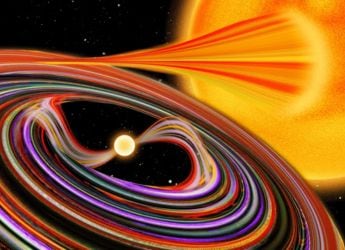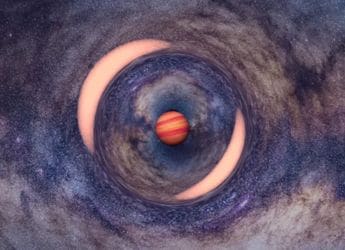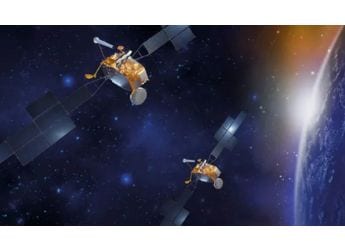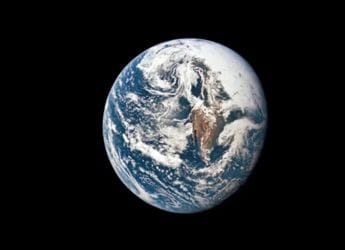- Home
- Science
- Science News
- Leonid Meteor Shower to Peak Around November 17: When, Where to Watch
Leonid Meteor Shower to Peak Around November 17: When, Where to Watch
The Leonids usually produce meteor showers in intervals, although such an occurrence is not expected this year.

Photo Credit: Unsplash/ Fernando Rodrigues
Leonid meteor shower is best seen just before dawn breaks
The Leonid meteor shower has been underway since November 6 but is set to peak around November 17. The Leonids appear to be originating from the constellation Leo. Considered to be a major meteor shower, the Leonids are best seen from a dark location but the light from a waxing gibbous Moon may interfere. Usually, under perfectly dark conditions, in rural areas where the sky is mostly clear, 10-15 meteors can be seen within the period of an hour during peak Leonid shower.
But this year, that figure is likely to be in single digit. Leonids usually feature some of the fastest meteors, which can travel at speeds as high as 71kmps.
Leonid meteor shower: When, where to watch
According to EarthSky, the best time to observe the shower is just before dawn after the Moon has set. If you can, head out of town to a place where city lights won't drown the stars and where it's at its darkest so that you can get the best view of the shower.
Leonid meteor shower: Where to look
Meteors in annual showers get their names based on their origin, the point from which they appear to radiate. The Leonid meteors will appear in all parts of the sky.
The Leonid shower is known for producing meteor storms after a certain interval. But scientists don't expect such an occurrence this year. A shower is called a storm when it sees more than 1,000 meteors per hour. The Leonids have been usually producing a storm every 33 years since 1833, but it is not definite.
Leonid meteor shower: Watching tips
According to NASA, to enjoy the celestial show of shooting stars you can do the following things:
- Go far from city light pollution and find a place that has a clear and unclouded view of the night sky.
- Be patient and watch for at least 30 minutes. Carry a reclining chair to make it more comfortable to gaze at the night sky.
- Cloth appropriately for cold night temperatures, which means carrying a jacket, gloves, and blankets.
Catch the latest from the Consumer Electronics Show on Gadgets 360, at our CES 2026 hub.
- Samsung Galaxy Unpacked 2025
- ChatGPT
- Redmi Note 14 Pro+
- iPhone 16
- Apple Vision Pro
- Oneplus 12
- OnePlus Nord CE 3 Lite 5G
- iPhone 13
- Xiaomi 14 Pro
- Oppo Find N3
- Tecno Spark Go (2023)
- Realme V30
- Best Phones Under 25000
- Samsung Galaxy S24 Series
- Cryptocurrency
- iQoo 12
- Samsung Galaxy S24 Ultra
- Giottus
- Samsung Galaxy Z Flip 5
- Apple 'Scary Fast'
- Housefull 5
- GoPro Hero 12 Black Review
- Invincible Season 2
- JioGlass
- HD Ready TV
- Laptop Under 50000
- Smartwatch Under 10000
- Latest Mobile Phones
- Compare Phones
- Motorola Signature
- Vivo Y50e 5G
- Vivo Y50s 5G
- Realme 16 Pro+ 5G
- Realme 16 Pro 5G
- TCL Nxtpaper 70 Pro
- OPPO A6 Pro 5G
- Honor Power 2
- Lenovo Yoga Slim 7x (2025)
- Lenovo Yoga Slim 7a
- Realme Pad 3
- OPPO Pad Air 5
- Xiaomi Watch 5
- Huawei Watch 10th Anniversary Edition
- Acerpure Nitro Z Series 100-inch QLED TV
- Samsung 43 Inch LED Ultra HD (4K) Smart TV (UA43UE81AFULXL)
- Asus ROG Ally
- Nintendo Switch Lite
- Haier 1.6 Ton 5 Star Inverter Split AC (HSU19G-MZAID5BN-INV)
- Haier 1.6 Ton 5 Star Inverter Split AC (HSU19G-MZAIM5BN-INV)












